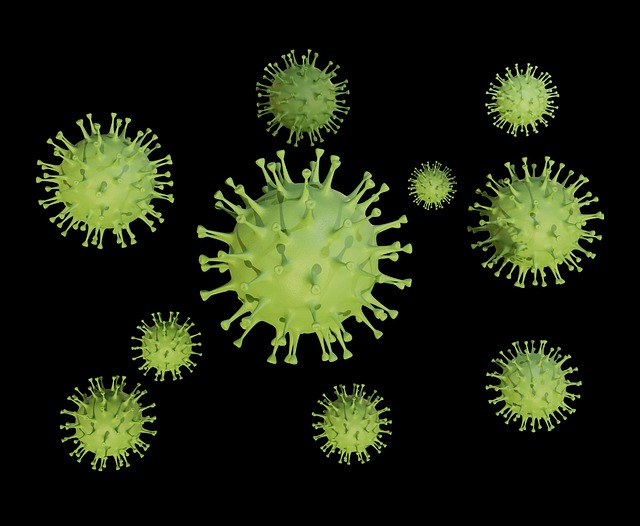Background
The first COVID-19 vaccine outside of a clinical trial setting was administered on December 8, 2020. To ensure global vaccine equity, the COVID-19 Vaccine Global Access Facility (COVAX) and WHO set vaccine targets. vaccines. However, due to vaccine shortages, these goals were not achieved by the end of 2021. Our goal was to quantify the global impact of the first year of COVID-19 vaccination programs.
Methods
A mathematical model of COVID-19 transmission and vaccination was separately fitted to reported COVID-19 mortality and excess mortality from all causes in 185 countries and territories.
The impact of COVID-19 vaccination programs was determined by estimating the additional lives lost if vaccines had not been distributed. We also estimate the additional deaths that would have been avoided if the 20% vaccination coverage targets set by COVAX and 40% set by WHO had been achieved by the end of 2021.
Results
Based on officially reported COVID-19 deaths, we estimate that vaccines prevented 14.4 million COVID-19 deaths (95% credible interval [Crl] 13.7–15.9) in 185 countries and territories between 8 December 2020 and December 8, 2021.
This estimate increased to 19·8 million (95% Crl 19·1–20·4) COVID-19 deaths averted when we used excess deaths as an estimate of the true extent of the pandemic, representing a global reduction in the 63% in total deaths (19.8 million of 31.4 million) during the first year of vaccination against COVID-19.
In countries with COVAX early market commitment, we estimate that 41% of excess mortality was avoided (7.4 million [95% Crl 6.8–7.7] of 17.9 million deaths). In low-income countries, we estimate that an additional 45% (95% CrI 42–49) of deaths could have been avoided if each country had achieved the 20% vaccination coverage target set by COVAX, and that 111 Additional % (105–118) of deaths could have been avoided if each country had reached the 40% target set by WHO by the end of 2021.

Median vaccine deaths averted per 10,000 people per country in the first year of COVID-19 vaccination Estimates of averted deaths were based on model adjustments to excess mortality and grouped into seven quantiles equal to from 0 deaths avoided. Prevented deaths are listed as not applicable for China due to its exclusion from our analysis, due to its unique position as the origin of the detected epidemic and its large influence on estimates of avoided deaths derived from its population size.
Interpretation Vaccination against COVID-19 has substantially altered the course of the pandemic, saving tens of millions of lives around the world. However, inadequate access to vaccines in low-income countries has limited impact in these settings, reinforcing the need for global vaccine coverage and equity. |
Discussion
The high protection at the individual level against severe disease and mortality from COVID-19, as well as the population-level benefit offered by mild protection against SARS-CoV-2 infection (before the appearance of omicron [B .1.1.529] variant), conferred by vaccination, has fundamentally altered the course of the COVID-19 pandemic. It is not possible to directly measure the impact of vaccination programs on COVID-19 mortality since the counterfactual (i.e., without vaccines) cannot be observed. Mathematical models are a valuable tool to quantify the impact of vaccination campaigns on epidemic dynamics.25
We assess the impact of the first year of COVID-19 vaccination and reveal how vaccines have more than halved the potential global death toll due to COVID-19, with an estimated 19.8 million COVID-19 deaths averted as a result of vaccination based on estimates of excess mortality from the impact of the pandemic. These reductions were concentrated in high-income countries that relied on their vaccination programs to relax interventions and allow SARS-CoV-2 transmission to increase as they moved into a new stage of the pandemic.
In low-income countries, particularly countries that did not meet the 20% targets set by COVAX, the impact of the vaccine was substantially lower, and the impact of the vaccine is estimated to have almost doubled if the targets had been met . If the WHO 40% country target had been met, we estimate a further increase in averted deaths, primarily focused on lower-middle-income countries and low-income countries. A limitation of our assessment of the COVAX and WHO goals is the time frame of our analysis, as these goals were set to be achieved by the end of 2021, while the end point of our model was December 8, 2021. 2021, to align with 1 year from the start of public vaccination.
Therefore, some countries may have moved closer to, or achieved, the goals by the end of the year. However, any recent vaccination campaign would have had a negligible impact given the delay in developing protection and insufficient impact on COVID-19 dynamics.
Added value of this study This mathematical modeling study advances previous work both in terms of scale (number of regions modeled) and in terms of quantifying the direct and indirect impact of COVID-19 vaccination globally. We estimate the impact of vaccination through December 8, 2021 by fitting COVID-19 transmission models to both reported deaths and excess mortality during the pandemic as a proxy for COVID-19 deaths. This study is, to our knowledge, the first to use excess mortality estimates in this way, allowing the impact of COVID-19 vaccination to be more accurately estimated in countries with weaker surveillance systems. Implications of all available evidence The results highlight the substantial impact that vaccination has had on the trajectory of the COVID-19 pandemic. They also illustrate the broader impact of COVID-19 vaccination in terms of allowing countries with high vaccination coverage to relax interventions. Additionally, the findings highlight the importance of equitable access to vaccines, particularly in low-income regions, where many more lives could have been saved if the vaccination targets set by the COVID-19 Vaccine Global Access Facility (COVAX) ) (20% coverage). in countries with COVAX Advance Market Commitment by the end of 2021) and the WHO (40% coverage in each country by the end of 2021). |
















